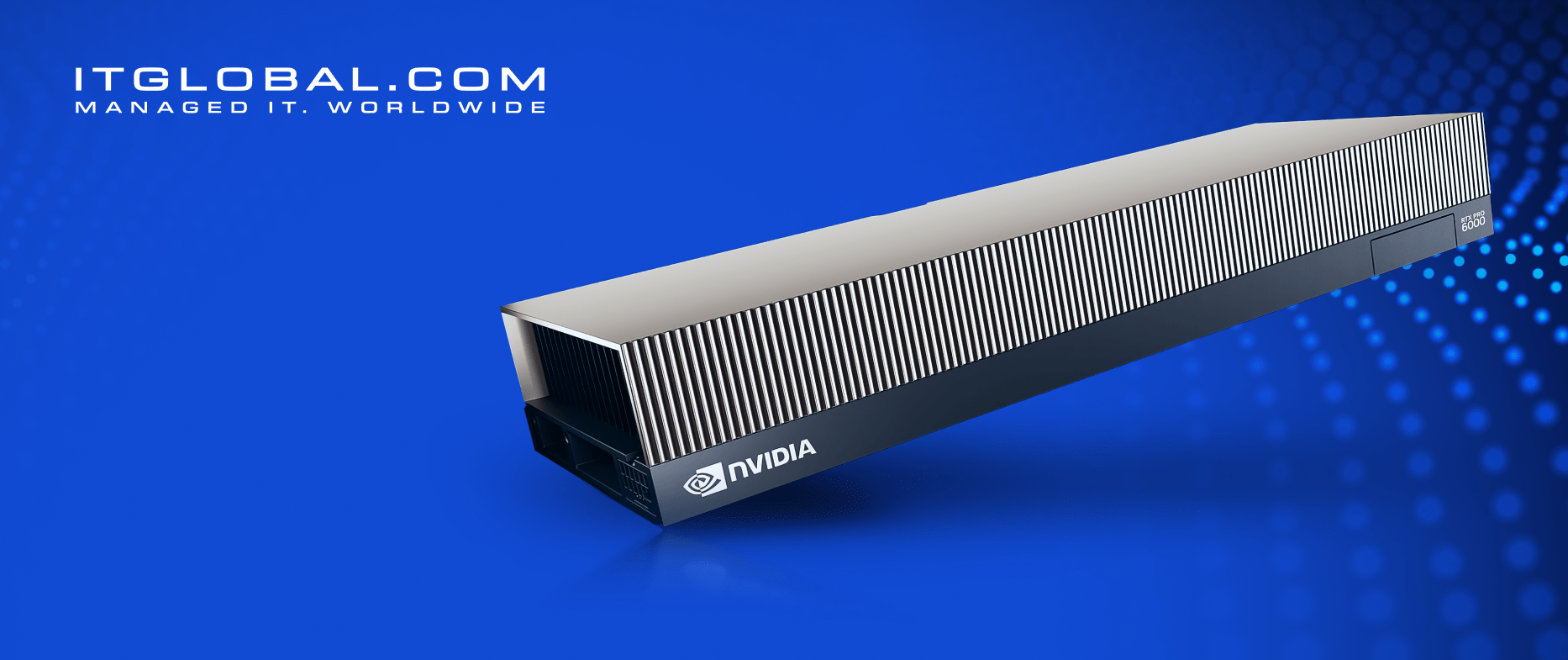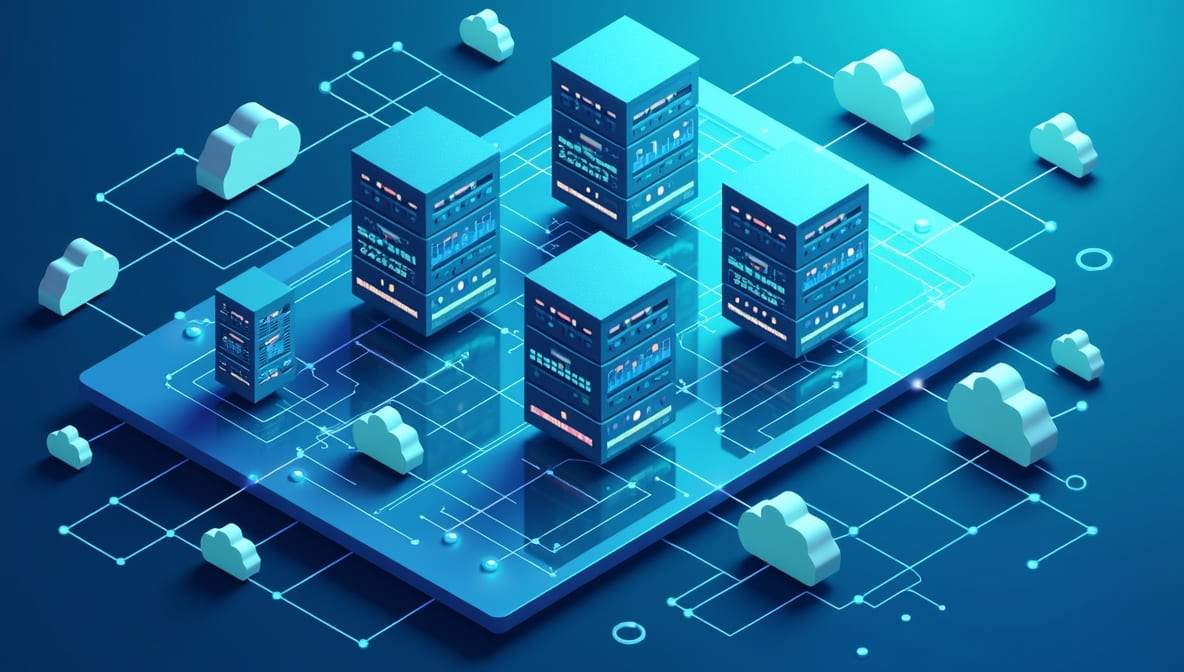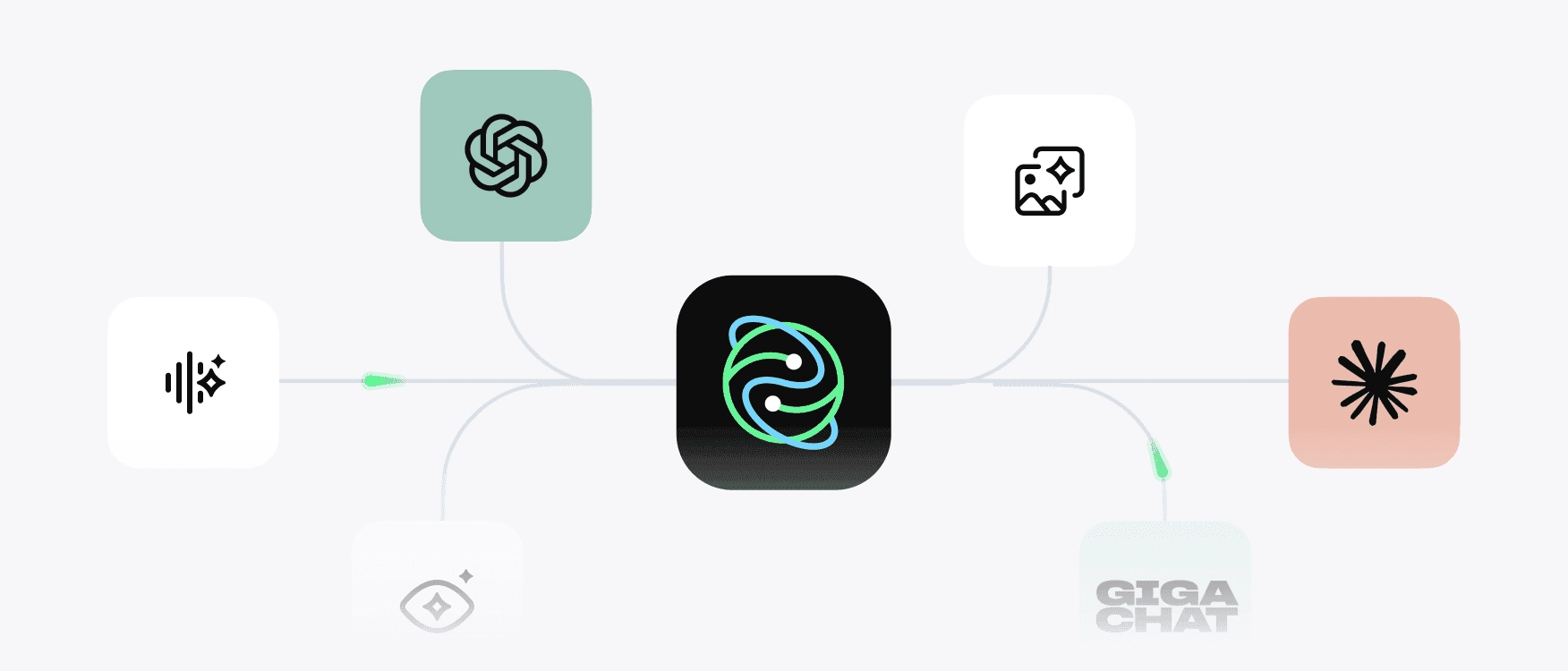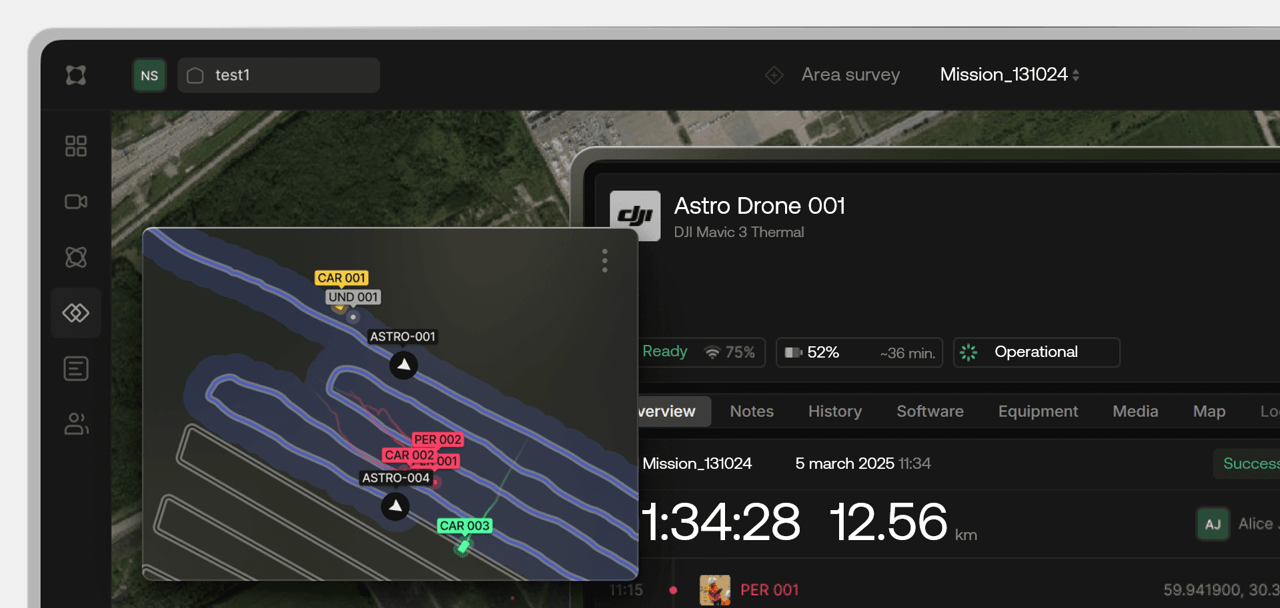It’s ironic: when you punch in “traffic management” to a search engine – guess what arrives first. You were right if thinking or saying “road traffic”: streets, highways, rural roads, public transportation, road police, urban development, etc. “Internet” addition to the query brings us to the topic of today.
Well, real and virtual traffic do have a lot in common. One can spare time meticulously pointing out the similarities and differences of the two. Our particular concern is the throbbing feature of both: congestion. Another irony is: this common issue reveals itself quite differently. Back roads of real life are usually unoccupied and accident-free – well, except for maybe a drunken cyclist trying to race raccoons. While internet jams typically occur on detours from Information Superhighway.
Stingray Service Gateway
We see the main dissimilarity of road and Internet traffic in directions. Look at bytes exchange as of driving in South East Asia. For an organized Western eye it seems madly hectic – “everything’s connected to everything”, as per highly revered Mr. Gungor. Yet the locals manage to keep getting to their destinations with rare major accidents.
Get technical or get busted
Traffic management, obviously, is the set of rules and regulations. With lots in common – does it mean that road rules can be implemented, even in the way, to Internet traffic? Let’s see. (But we bet right on the spot: hardly).

Human factor of any kind has to be excluded first. Picture yourself being the lone traffic controller of the entire precinct – with not just busy and no-streetlights intersections, but also with 3D traffic, like in “The Fifth Element”. Your attention span expires in seconds, then your stamina, soon enough – any ability and will to perform your duties. So, your position, as the bunch of similar ones, has to be automated – so that the system could monitor the entire space and warn you of any abnormalities while you’re attacking your coffee and donuts.
Internet Service Provider (ISP) can use automation in many traffic management sectors. Autonomous operations in monitoring can be compared (transportation in mind again) to a modern robotic gearbox. It functions in strict accordance to the load applied, selecting the best ratio by itself. But the driver can interfere at any moment, touching the lever to shift at his will. Going back to Internet traffic: any indicators ISP needs can be assigned as chief ones; re-assignment, addition or subtraction, manual observance of any other available indicators – all possible in real time. Peeping a bit ahead: presetting and controlling other things in traffic management goes almost the same way.
Rights to yield, responsibilities too
To fight road congestion, smart minds came with intersection and streetlight rules. For cyberspace they are hardly applicable due to the complex nature of the latter: think airspace control rather than 2D motion, and don’t forget to add at least multiple airfields in every control zone. Yet there is another common feature that reveals otherwise – and for our case is faithfully a rescue.
Cars in traffic are not all alike: you have to give way to sirens and strobes, some jurisdictions require yielding to public transport, there are marked heavy hauls, railways crosses, etc. Cyber traffic, if not analyzed, all looks the very same, just ones and zeroes. Various monitoring tools do the first step for any further traffic handling: they put labels.
- Non-real time traffic, like e-mails, is the smallest threat to network performance. But the most of it is generated during business hours.
- Interactive traffic, like messaging or secure transactions, does not occupy lots of space but is critical to travel fast; otherwise connections may be lost with a need to repeat.
- Latency sensitive traffic, voice and video streaming first of all, is like the previous but higher in volumes and even more thin-skinned for non-intermittent transmission.
- Bursty traffic – video, graphics, FTP – is possibly the biggest headache for ISPs, simply because of eating lots of bandwidth.
Properly labeled (type, origin and destination of particular data we consider already determined, with the mentioned automation), traffic then can be given the right of way. Or stopped – well, yielded – till better times, usually measured in split seconds. Specific traffic management setup is fully in hands of a specific ISP, and here the human factor, nevertheless, squeezes into play.
With tools as powerful as traffic ruling there are temptations for a not so squeamish ISP (rather for its employees) to gain unfair advantage. There were cases, though not multiple, of providers pushing the traffic of preferred commercial partners over the rest of clients’ data. It is even theoretically possible for one ISP to intentionally clog the bandwidth of a competitive ISP. To combat such actions, together with the intentions for better protection of consumer rights, several intersecting moves are being made.
U.S. Federal Communications Commission (FCC) adopted the handful of initiatives on Internet freedom. According to the documents ISPs, in particular, “must clearly disclose their network management practices on their own web sites or with the FCC”. Net (network) neutrality is the worldwide paradigm that is being argued about, criticized, amended – i.e. is developing. It initially states that “Internet service providers must treat all Internet communications equally, and not discriminate or charge differently based on user, content, website, platform, application, type of equipment, source address, destination address, or method of communication”.
This said, today’s traffic management is adhering to “best practices”, both technically and morally. Elaborating, or rather enhancing these “best practices” in real time too.
Wrong side is not really a problem
Every driver or even a pedestrian would agree: to do things “mirror way” is the nightmare. Watching for traffic “the wrong way” or having the gear stick at “wrong” hand – oh Lord, why Thy maketh my suffer?.. Well, then Internet gods are merciful: you can transit on either side.
Public roads, i.e. common cyberspace, mostly use older version of Internet Protocol, known as IPv4. There’s nothing wrong about it, except for speed mileage destinations limit. Total possible quantity of IPv4 addresses is roughly 4.3 billion – already lower than Earth population, so each connected device is at risk of not being recognized. Version 6 of Internet Protocol, the newer one, is designed to allow trillions of trillions of unique IP addresses. The world gradually switches to IPv6, yet of now this solution is implemented mostly in corporate networks, i.e. the private driveways.
To facilitate the smoothest possible transition translators, usually referred as NATs, are called up. They perform seamlessly if, again, set properly, as the rest of traffic management instruments.
Stingray, the vehicle of choice
We wish it could be regarded as one of the Corvette models. In fact we’d love to compare it to the newest beauty – in terms of performance as we are thinking of it. Stingray Service is a powerful solution for:
- Traffic prioritization; allocates bandwidth and improves Quality of Service.
- Network resource management; provides real time feedback on system performance.
- System management; supervises servers and other network components.
- A variety of other network issues; unlike on the road, we’re using “policing” instead of police.
Stingray Service Gateway is as predatory for malicious attempts as electrifying for your network state and performance.










